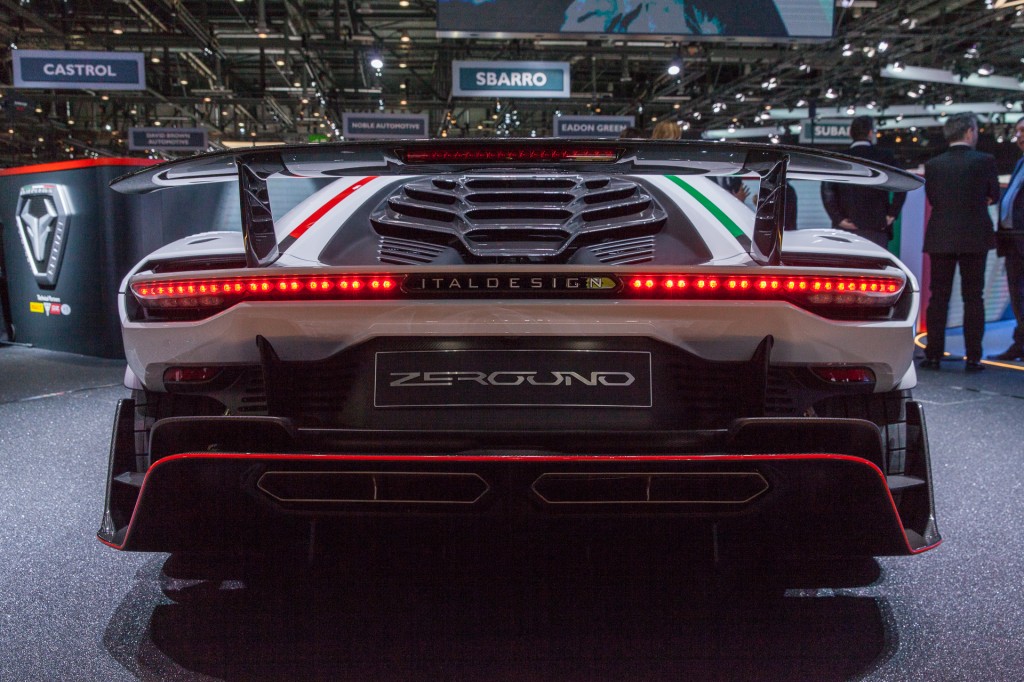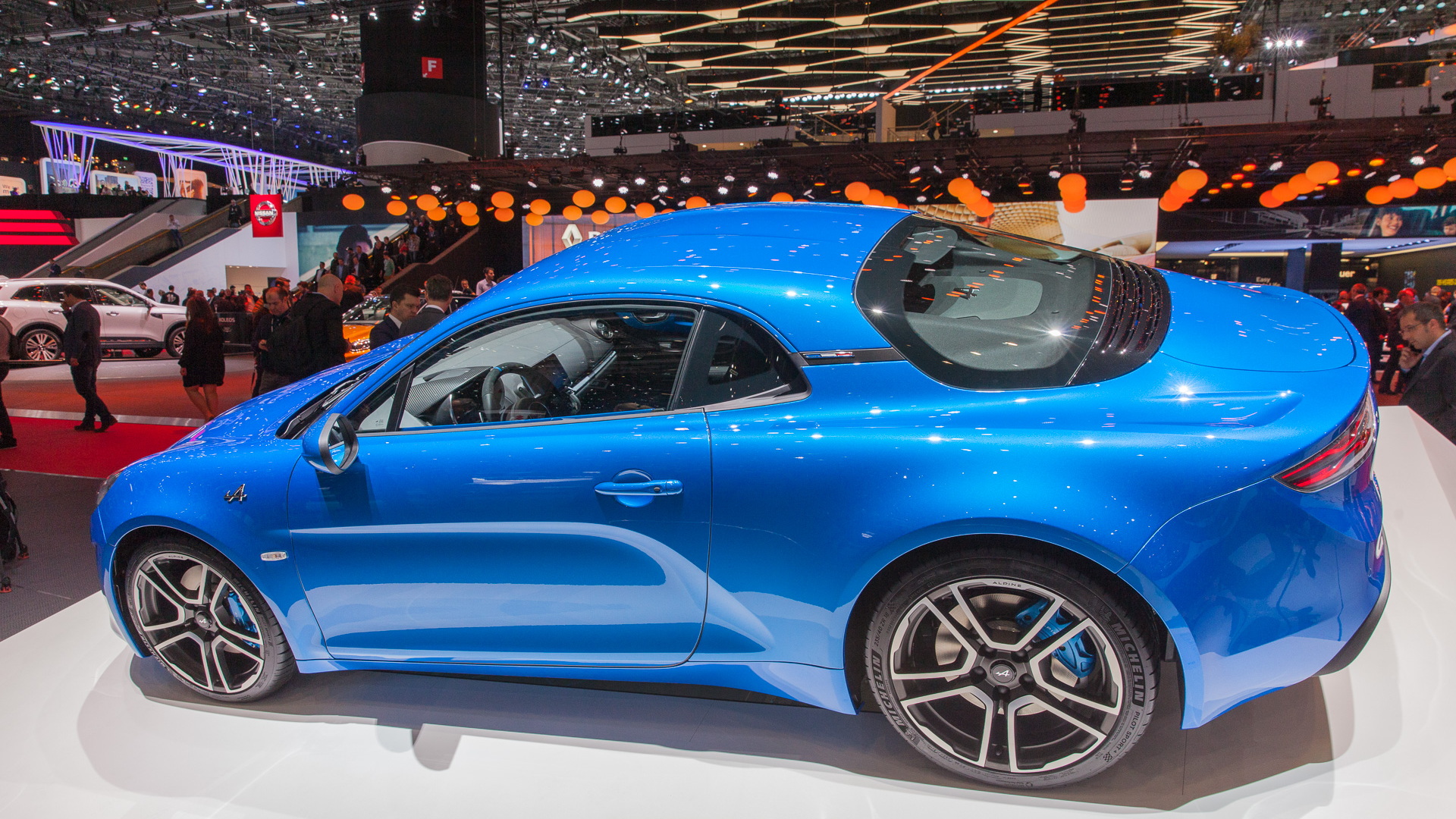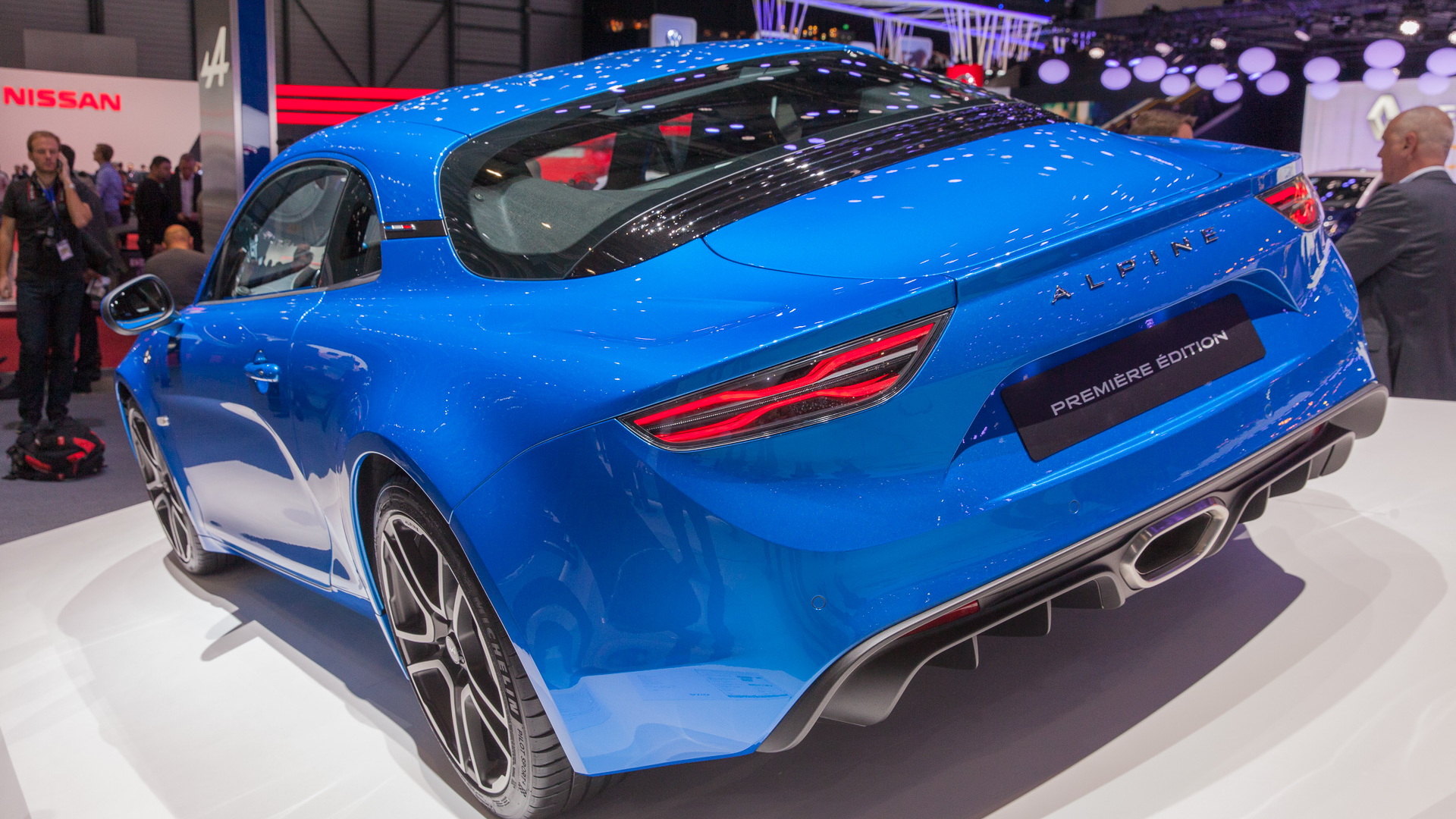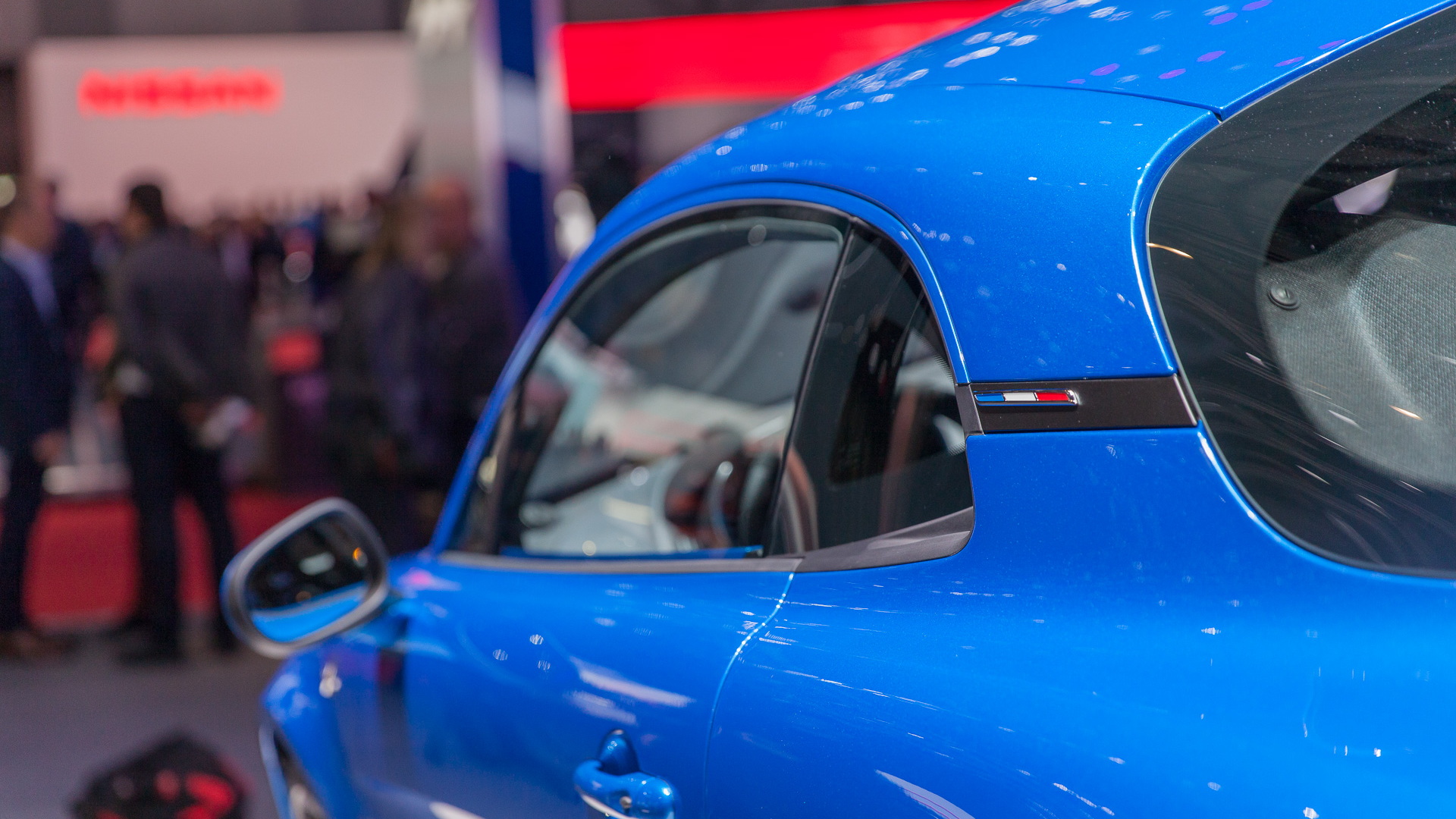From the moment the supercar-heavy 2017 Geneva auto show started, it was clear that the future for speed, luxury, and exclusivity would be split into two camps: the possibilities of an electrified future, and an outright celebration of the internal combustion present.
Three automakers offered cars that were exercises in the current reality for automakers: almost no one goes it alone anymore. Economy of scale, development time, and material availability all factor into a car's design. Often, the combination of all three results in a car that would be obtainable to those outside the hyper-wealthy, but kicking even just one of those legs out can increase the price exponentially.
The availability and affordability of battery packs and electric power may only further limit the number of boutique designers in the future.
Alpine, Ruf, and Italdesign wowed auto show goers their latest wares, but how they got to the same destination—a drool-worthy super sports car—are as varied as the automakers themselves.
Alpine A110
The mid-engined, rear-drive sports car slated for delivery in Europe this year and beyond (but not the States) later in 2018, is an homage to the old Alpines that were equally beautiful—and light.
The all-aluminum, 2,380-pound structure is light by sports car standards, but also already carrying a lot of virtual weight: It's Renault's attempt at a profitable luxury marquee, because Infiniti is more closely tied to Nissan (and not a particularly hot seller in Europe).

Alpine A110

2017 Alpine A110

2017 Alpine A110, 2017 Geneva auto show
But like the namesake it's resurrecting, the Alpine A110 greatly benefits from big-brother Renault's purchasing power. The original A106 that kicked off Alpine in the 1950s was developed using a Renault 4CV platform, albeit with a polyurethane shell. The A110 is a new platform for Renault, but it sports a 1.8-liter turbo-4 that cranks 252 horsepower and will undoubtedly make an appearance in other Nissan-Renault Alliance vehicles in the future—the production home for Alpine is also the home for RenaultSport vehicles.
The A110 gets a 7-speed wet dual-clutch automatic transmission sourced from Getrag, who supplied a similar dual-clutch unit for the Renault Megane.
It may be a new take on an old name, but the production methods haven't changed from the French sports cars of the 1960s and '70s. Alpine is very much attached to the hip of Renault today, as it was in the past. The predecessor to the old A110 was the A108, which used a Renault 8 engine, and the A110 used at least six different Renault powerplants during its 16-year run.
The A110's economy of scale shows in its price too: the A110 will start at nearly $62,000 when it goes on sale later this year.
Italdesign Zerouno
Like Alpine, Italdesign has some corporate pockets to dig into for its low-production, high-design hypercar. The Zerouno, which was on display at the Geneva auto show, borrows liberally from parent-company Audi, which purchased 90 percent of the Italian firm in 2010.

Italdesign Zerouno, 2017 Geneva auto show

Italdesign Zerouno, 2017 Geneva auto show

Italdesign Zerouno, 2017 Geneva auto show
According to Automotive News, roughly 90 percent of Italdesign's business now is within the VW group and that won't likely change soon. (It's a shame considering Giugiaro designed and built the BMW M1, if you ask us.)
The Zerouno's powerplant is the same 5.2-liter V-10 found in the Lamborghini Huracánand Audi R8, and borrows the latter's all-wheel-drive system. Like the R8 and Lambo, the Italdesign makes more than 600 hp and can run up to 60 mph in around 3 seconds.
The Zerouno also uses the same chassis as the Huracán(also owned by Audi), and an all carbon-fiber body that was spearheaded by Chief Technical Officer Antonio Casu who, before taking the reigns at Italdesign, worked for—yup, Audi.
Although the Zerouno and the Huracánshare roughly similar dimensions and a powertrain layout, not much else from the Italdesign car is off-the-shelf. The production of all five examples of the Zerouno will be in Italdesign's Moncalieri, Italy, factory—not Germany. Most of the interiors and exterior schemes will be built-to-order for those buyers, except for a track-only Corsa model.
The price for a Zerouno: $1.6 million. That's a lot more than an Audi or even a Lambo.
Ruf CTR
The "Yellow Bird" homage goes it alone, well almost. Although the body borrows heavily from Porsche design, the 2017 Ruf CTR is its own car—the first from Porsche specialists Ruf.
Unlike the Zerouno and the A110, the 2017 Ruf CTR started from scratch. The carbon-fiber, rear-engined monocoque chassis is the world's first and will be built specifically for Ruf. Ruf didn't have the expertise to develop its own platform, so it worked with the Berlin engineering firm Vela Performance to design the carbon fiber monocoque.
The 700-horsepower, twin-turbo 3.6-liter flat-6 is Ruf's own, developed from the 997 block. The 6-speed manual transmission comes from ZF, but is geared for the CTR's top speed of 225 mph.

2017 Ruf CTR

2017 Ruf CTR, Geneva Motor Show

2017 Ruf CTR, Geneva Motor Show
ZF also produced the coil-over dampers for the CTR, as well as the inboard horizontally opposed dampers that are plainly visible from the rear window and won't be found on any Porsche.
Alois Ruf, Jr. told us recently that the 2017 Ruf CTR wasn't an aberration for the company that has specialized in tuning Porsches since the 1960s.
“We will make spinoffs and similar cars in the future because we believe that there is the potential that it can be built in very limited numbers every year and there will be buyers for it,” Ruf said.
All 30 production versions of the CTR were sold by the end of the Geneva auto show for roughly $800,000 a piece—a small sum considering the great amount of effort it takes to build a car from the ground up.
“Now we are a little bit overwhelmed. We have a big list and we have to figure it out,” Ruf told us.






